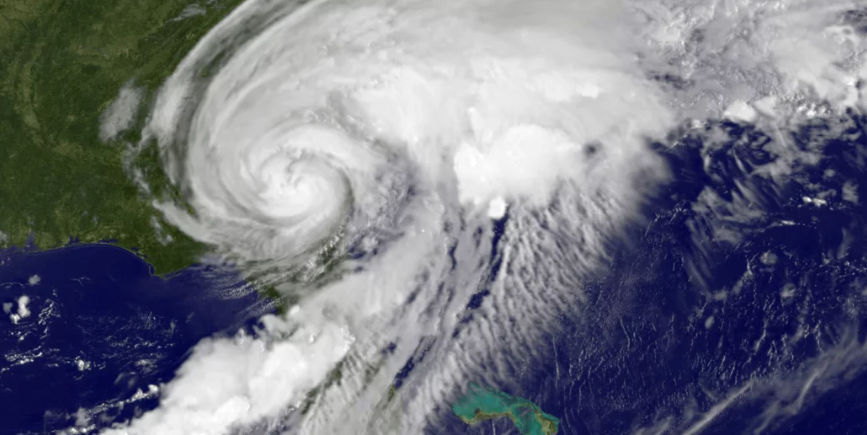Weather Gods (GS Paper 3, Environment)

Context:
- Attempts to control the weather have long been fraught with uncertainty.
- However, recent advancements and investments signal a shift towards more sophisticated weather prediction and modification technologies.
Introduction:
- The Union Cabinet has recently approved the ₹2,000 crore Mission Mausam, a major initiative aimed at upgrading the technological capabilities of India’s weather and climate forecasting organizations.
- This mission will enhance the infrastructure of key institutions like the India Meteorological Department (IMD), the National Centre for Medium Range Weather Forecasting (NCMRWF), and the Indian Institute of Tropical Meteorology (IITM).
Importance of the Weather Organizations:
- Strength of the Weather Infrastructure: These organizations are crucial for providing accurate weather and climate forecasts across various time scales.
- Nodal Body of the Mission: The Ministry of Earth Sciences (MoES) will oversee and execute the mission.
- Infrastructural Projects: The initial phase of the mission, which runs until 2026, plans to procure and install up to 60 weather radars, 15 wind profilers, and 15 radiosondes. These instruments are essential for monitoring wind speeds, atmospheric pressure, humidity, and temperature at different atmospheric layers.
- Comparison with National Monsoon Mission: Launched in 2012, the National Monsoon Mission focused on developing advanced weather models using intensive computing. Mission Mausam builds on this by enhancing the technology further and customizing models for various weather phenomena beyond the monsoon, such as heatwaves and cold waves.
Weather Interventions and Experiments:
- Prediction Accuracy: Mission Mausam aims to improve the accuracy of weather forecasts and expand the scope of weather prediction.
- Cloud-Simulation Chamber: One proposal under the mission is to establish a ‘cloud-simulation chamber’ at IITM. This facility will model rain clouds to better understand and predict rainfall patterns.
- Weather Interventions: The mission explores methods like cloud seeding and other interventions to control rainfall and potentially reduce the impact of extreme weather events.
- Lightning Control: Given that lightning strikes are a leading cause of weather-related fatalities in India, there is a push to develop technologies that might control lightning, though the feasibility of such interventions remains uncertain.
Way Forward:
- While there are significant socio-economic factors influencing weather-related issues, meteorologists and researchers hope to eventually fine-tune the electrical characteristics of clouds to reduce lightning strikes.
- Although experiments in weather modification have been conducted globally, their effectiveness and feasibility are still under debate.
- A comprehensive approach, including advanced forecasting and ongoing research, is crucial for mitigating climate impacts and enhancing prediction accuracy.
Conclusion:
- Investing in fundamental research in atmospheric sciences is essential.
- Given the complexities of climate change, addressing its impacts may require exploring multiple strategies, including weather modification technologies.
- Although weather modification might not solve all problems, understanding and advancing this field could help manage climate challenges.
- Continued research into cloud simulation and lightning control technologies is vital, but their practical applications remain uncertain.
- Overall, a robust and integrated approach to weather science will be key to improving forecasts and managing climate-related issues.


